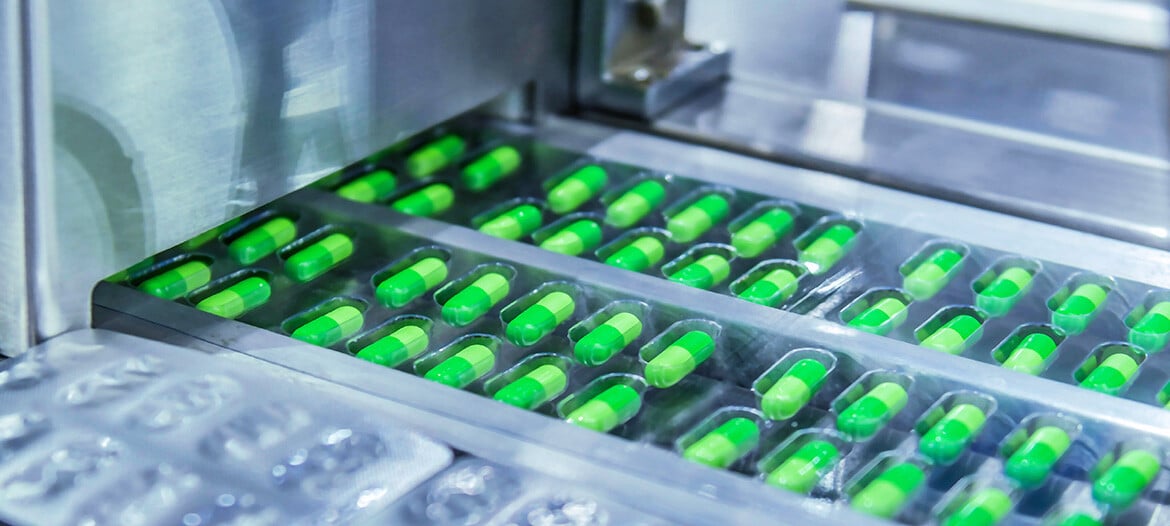Useful Comparisons of Pharmacy Environmental Monitoring Technology
Hand written min/max lists
Historically, monitoring has been achieved in several ways – from handwritten temperature logs to integrated networked data logging systems. First let’s define the most common practices for monitoring to determine areas of risk and non-compliance.
Handwritten temperature logs require personnel to manually check the equipment temperatures on a daily basis, often times twice daily. This may consist of a lab technician walking around with a notebook writing down temperatures. Some standard operating procedures (SOPs) require a minimum of four hours between the two checks, and in a busy lab, there are instances where it is difficult to allocate time to complete, which not only poses a risk to your process but isn’t efficient from a business perspective, either. Also, what control is in place to protect this handwritten temperature data? What happens when you forget to check and record the temperature?
Other SOPs require that temperatures are checked in the morning and then again at the end of the day. The downfall is when the temperature is ok at the end of the day, but is in alarm the following morning. There is no point-by-point, time stamped temperature data to indicate exactly when the problem occurred, and how long temperature was in alarm. When this happens, most policies are to assume worst-case scenario. This could mean discarding product or losing days worth of time to produce test results.
Once data is collected, where is it stored? Is the data then manually being transferred into a LIMS system? Any time data is handwritten and manually transferred to storage or even transferred to an electronic format, there is a chance that data can be omitted or changed. It’s just the nature of manually processing data. As you think of your own procedures, identify steps like these where the potential for data integrity problems arise.
Chart recorders
Chart recorders are still king in many GxP areas, and perhaps your organization has used these paper charts for your temperature monitoring activities for years. However, the process for changing out chart paper, checking temperature graphs, storing paper and writing deviation reports is very manually intensive, lending to human handling errors. Any notations or reporting made on these paper charts again requires the application of the ALCOA principle.
Additionally, an independent, designated archivist must store all the charts in protected and controlled area. What happens when an auditor asks for the temperature data of a refrigerator last year? How accessible is your temperature data in this format?
It’s also worth noting that chart recorder technology is over 100 years old. The key to quality-based decision-making is data; however chart recorders can only provide the graph printout. Read more about Chart Recorders in this paper.
More robust temperature monitoring systems, which we’ll talk about next, would automatically collect and store temperature data in an electronic format, and would allow for alarm, analytics, and automatic archives.
Digital data loggers
Data loggers will collect temperature data and they normally include a built-in storage device. Data is time stamped, automatically creating an audit trail, helping to ensure regulatory compliance for human medicines. To retrieve data and generate reports, they interface with a computer.
The upside to this solution is that data is collected and stored in an electronic format that is compliant with FDA 21 CFR Part 11. The downside is that the loggers have to be manually collected and connected with a computer to download data, which can be time consuming when there are many pieces of equipment.
Independent monitoring solutions for rooms and equipment
The latest technology in the field of digital data loggers are stand-alone, self-powered systems – virtually ‘hands-free’ base and sensor systems. Vital stats such as temperature, battery life, warning or alarms are shown on the base in clear site of pharmacist. In an event of a temperature excursions, the base sounds an alarm. Some Independent systems are specifically designed for pharmacies, who prefer to spend time with customers, instead of manually writing temperatures. Reporting is done connecting the base to a computer using a USB connection.
See how an Independent Monitoring System works, watch tutorial videos here.
Networked data loggers
A series of networked data loggers, sometimes known as a Central Monitoring System (CMS), will automatically collect temperature / environmental data and send the data to a central system on a computer or network, leaving the manual legwork out of the equation. Automatic archiving will ensure data is stored securely for future reference and meet data integrity guidelines for archive storage. For some organizations, the time saved from having dedicated technicians manually writing down temperature points or collecting and storing paper charts can add up to a significant cost savings.

Some networked systems provide analytical tools for reporting and statistics. Times / dates of temperature points allow for more in-depth data analysis. These systems are designed to send users a remote alarm notification in the event of an excursion so that action can be taken immediately. Some systems even allow for user-programmable alert notifications that can send notification of a problem before it happens. Systems may also allow you to query data, which is valuable during audits.
Conclusion
Implementing the right electronic monitoring solution enables you to spend more time with customers, ensures compliance using traceable data, and protects patients by giving you the peace of mind that the medicines you’re dispensing are safe.
Could we give you a helpful and practice-oriented overview of environmental monitoring with this article? We look forward to hearing from you so that we can support you in introducing a modern solution for environmental monitoring.







Leave a Comment